OLED Band-Aid that Uses Light to Heal Wounds
Light is used by plants for photosynthesis, and it also plays an important role in the regeneration and rehabilitation of human skin cells. Shining light on skin tissue stimulates the production of ATP (adenosine triphosphate), which acts as an energy store, activating cellular metabolism and suppressing melanin production, as well as promoting collagen production, which has anti-aging, wound healing, and inflammation-reducing effects. The therapeutic effects of light on skin tissue vary depending on wavelength and irradiation time. 'Phototherapy' refers to the treatment of diseases by activating, regenerating, and destroying specific tissues in this manner. Professor Kyung-Chul Choi's team at Korea Advanced Institute of Science and Technology (KAIST) created an OLED patch that can provide phototherapy regardless of time or place by utilizing the flexible and light characteristics of OLED.
The current state of phototherapy technology and its limitations
Phototherapy is a non-invasive, painless treatment method that is used not only for skin but also for treating Alzheimer's and depression. Currently, LED light sources are used in the majority of phototherapy treatments. Acne treatment, wound treatment, and otitis media treatment equipment that uses LED and laser are typical examples that are mostly found in hospitals. LED phototherapy, however, has some limitations. Because it is a point light source, the light is not uniform, and half of the energy is dissipated as heat, making heat a serious issue. It is made up of dozens or hundreds of LEDs, so it is not only heavy but also thick, making it difficult to use while moving. Because you must travel to a specific location, such as a hospital, to receive treatment, you are constrained in both time and space. As a result, there is a limit to increasing the therapeutic effect by irradiating light on a regular and uniform basis.
Free-form OLED treatment anytime, anywhere
The KAIST-developed free-form OLED patch, which supplements the limitations of existing LED phototherapy, includes a battery, an overheat protection device, and a structure in which each thin film is coated on the OLED. It is a lightweight product with a weight of one gram and a thickness of less than one millimeter. It is flexible enough to function normally even when the folding experiment is repeated 1000 times, and it can operate for 100 hours after washing in water, allowing it to be manufactured in a variety of forms such as clothes and hats. The OLED patch is operated below 42°C, so there is no risk of low-temperature burns, and cell proliferation and migration are improved by 58 and 48 percent, respectively, effectively healing wounds. Because of its light and flexible properties, OLED can be manufactured in a variety of shapes and has a significant therapeutic effect because it can be attached to the body in a wearable form, allowing continuous irradiation with light.
Various studies are currently being conducted for commercialization based on the initial technology. Optical Bio Co., Ltd. established a research center in Daejeon to mass-produce phototherapy patch products using flexible OLEDs, and it is promoting medical device certification through technology transfer with startup company, Surgeinus, by developing a device that combines an OLED patch and a suture patch product that can close wounds without needles, threads, or staples developed by Surgeinus. The OLED patch developed at KAIST for the first time in the world can provide high-efficiency phototherapy without time or space constraints, so it is highly likely that it will be used in various treatments in the future, attracting a lot of attention.

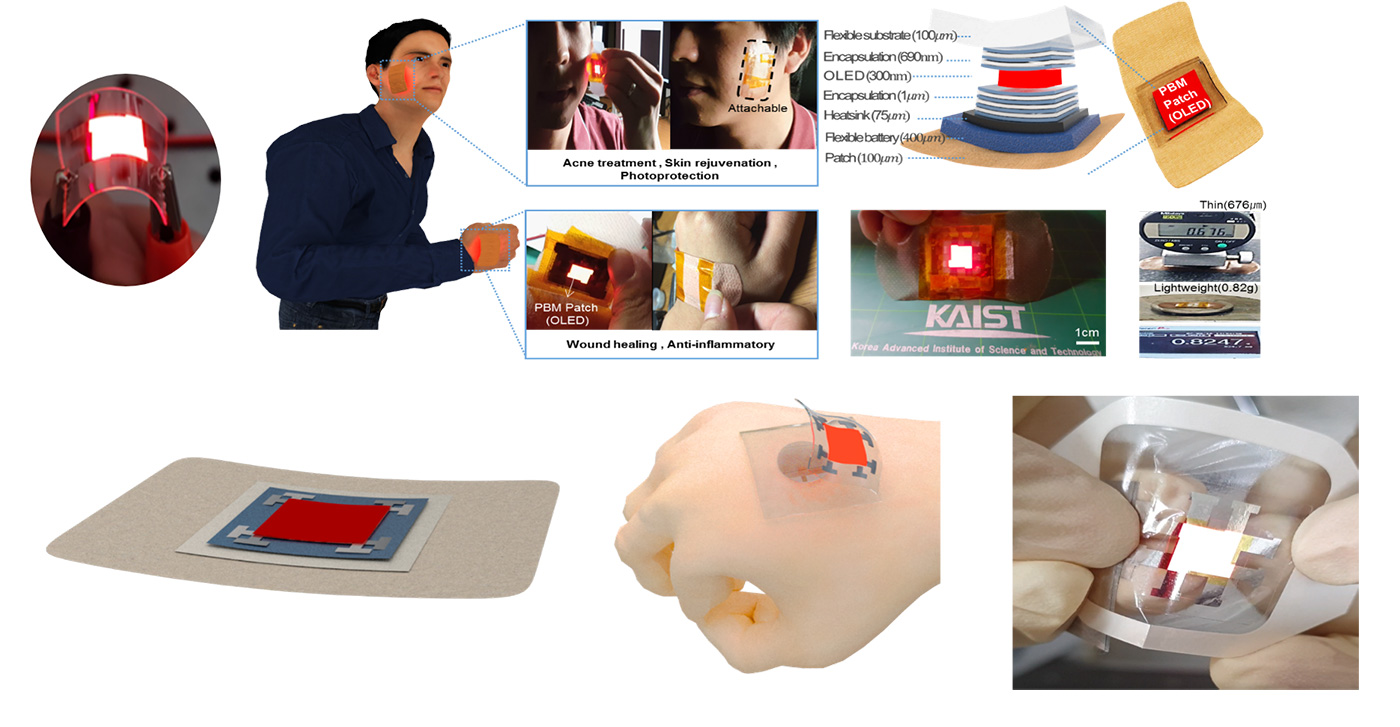
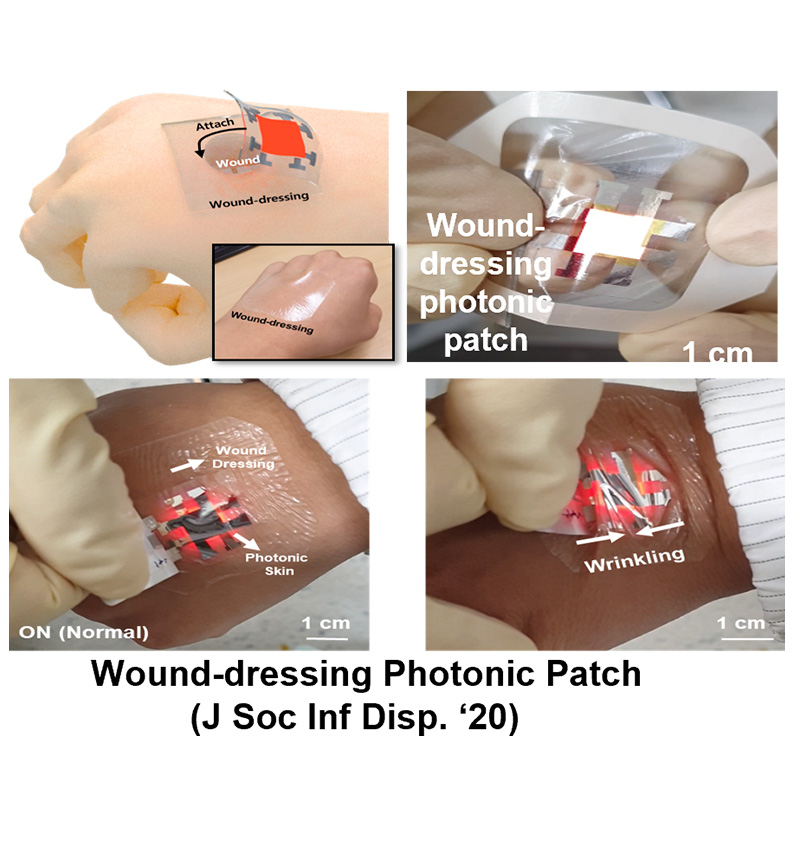
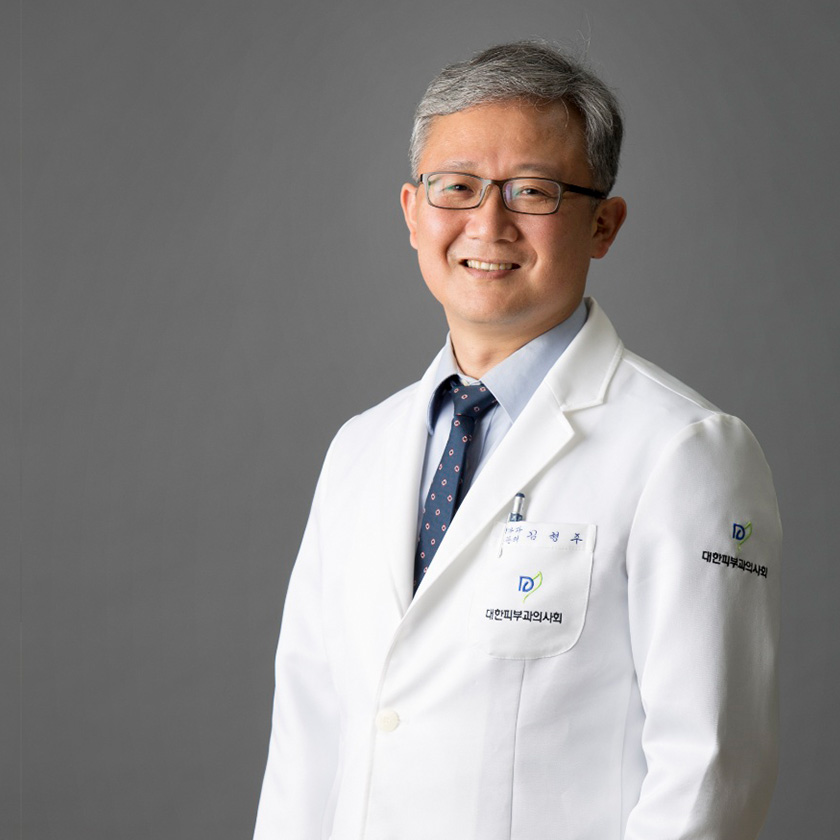 Specialized Medical Service
Specialized Medical Service
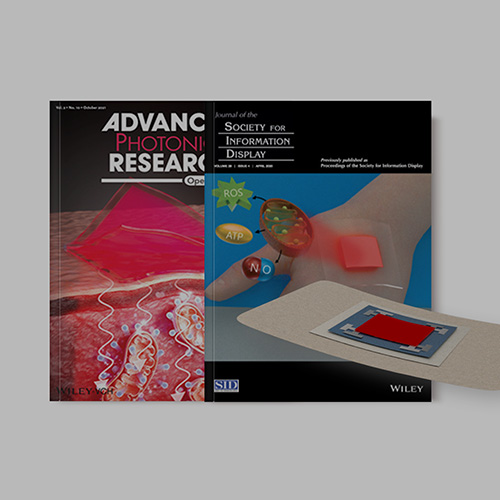 Bio Technology
Bio Technology
 Health & Wellness
Health & Wellness
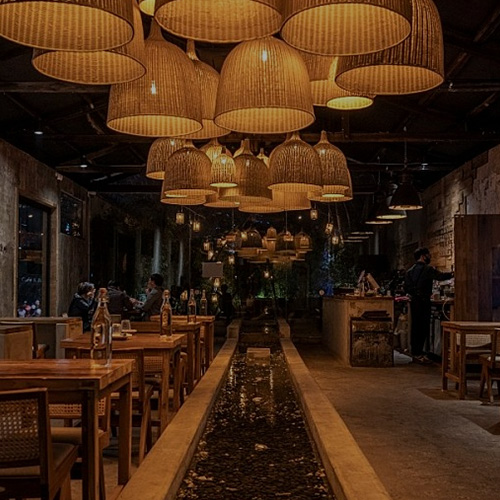 City & Culture
City & Culture
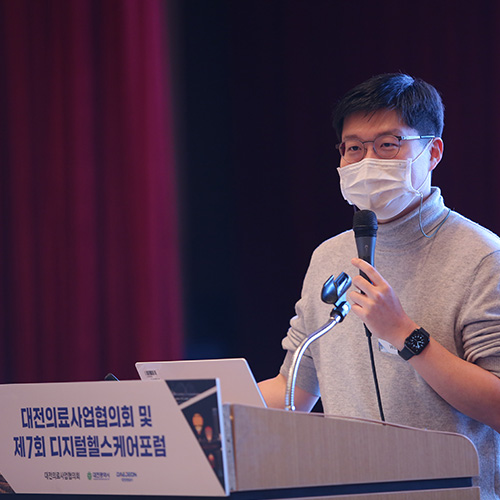 Hot Issue
Hot Issue
 Interview With
Interview With
 Medical Technology
Medical Technology
 City & Culture
City & Culture
 Food & Travel
Food & Travel
 Health & Wellness Tips
Health & Wellness Tips
 Hot Issue
Hot Issue